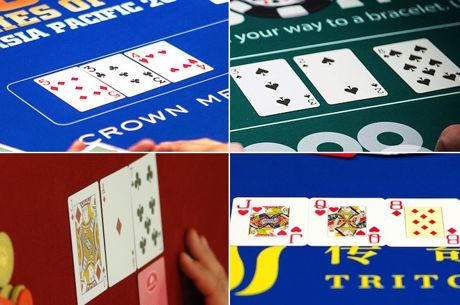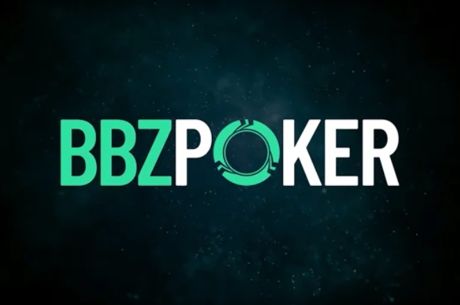Tell Me a Story: One Way Not to Bluff Online

Here is another real hand from the virtual felt, played by real people, who as we will see, each really wanted to win the money in the middle. The game is $0.50/$1.00 (100NL), played six-handed, and the hand illustrates an example of how not to bluff when playing online poker.
Bluffing and Bluff Catching
An inexperienced player with 200 big blinds ($200) raises from the cutoff, then the big blind three-bets to $10. Our inexperienced player calls and the flop comes A?7?2?.
Some things never change in poker, and the need to tell a convincing story when bluffing is one of them. For educational purposes, I think it is best that we reveal up front the big blind has J?J?. With $19.50 in the pot after the rake has been taken out, he continues for $6. The player in the cutoff responds by raising to $13.
Now here is the first part of the cutoff's story about which the player holding the jacks might be suspicious. After all, this board should favor him given how he was the one three-betting. It is very hard for the cutoff to have a hand that want to go to the felt right away for 200 big blinds.
Speaking of, does a near-minimum raise strike one as something a player holding hands like Ax2x or 7x7x might be interested in here, in position? Some things are suspicious �� that's all I am getting at. But let's see how the story continues.
An Innocent Turn
The big blind, with two jacks, calls the raise to $13, the price being too good for him not to continue. The turn brings the 5?. Our hero with two jacks checks, and with $44 in the pot the cutoff player checks behind.
Now if the cutoff had one of the hands he was representing on the flop �� Ax2x, Ax7x, 2x2x, 7x7x �� wouldn't he want to keep building a pot? After all, there is a lot of money behind. Also worth noticing is the fact that while there was no flush draw on the flop, there is one now, making it fairly strange that the cutoff would slow down.
One kind of hand that makes some sense is a wheel draw that paired the turn and chickened out of bluffing �� namely 5x4x or 5x3x. One would expect 4x3x (a turned straight) to bet the turn for the same reasons Ax7x or 7x7x would.
A River Blank, and Some Action
The river is the 2?, making the board A?7?2?5?2?.
The second deuce on the board further diminishes the chances of the cutoff having Ax2x or 2x2x. Our big blind with jacks has one play, to check, and that's what he does. And sure enough, the cutoff fires �� a big pot-sized bet of $44.
The Story Being Told
The story being told... is an incoherent one.
Say the cutoff did make a small value raise on the flop �� for instance, with a hand like AxQx �� targeting the exact type of hand the big blind has. For what reason would the cutoff choose this river sizing? And for what reason would he think he's ahead enough to bet so huge?
Meanwhile the big value hands have already been ruled out for reasons outlined above. So one would expect either a medium value bet or a check from hands that J?J? needs to be worried about.
What Not to Do
A heroic call came from the big blind here, checking and calling the pot-sized bet on the scary ace-high board. He really wanted to win this pot. And it turns out, the cutoff really wanted to win it as well, maybe even more so, because the cutoff showed up with the complete air ball �� J?9?.
Now actually, this is the kind of hand that we should expect to see in such a situation, one that saw the small continuation bet size on the flop as weak and tried to win a pot the player had no right to claim. It is okay to attack weakness in cash games such as this, but having some equity �� a gutshot, a backdoor flush draw, something �� will improve any flop bluff.
Trying to win pots is all well and good, but a consistent story still has to be told by the bluffer, just as it has always been in poker. A strong hand on the flop would have bet the turn for some size and a medium hand that raised the flop would not have bombed the river. So the cutoff either turned quads and wanted his opponent to catch up, or he has a bluff.
The big blind sorted all those pieces of the story out and was rewarded with a big 135-big blind pot in the end.









